Suzuki is one of the world’s largest automobile manufacturers and an established builder of motorcycles and all-terrain vehicles. And in 2012, after almost three decades of selling economy cars and sport-utility vehicles in the United States, the company withdrew from America.
The car-obsessed United States is the world’s largest and most lucrative market, but also the most competitive. It’s hard enough for American-based car companies to jump in — even Henry J. Kaiser, one of the country’s wealthiest and most powerful industrial moguls in the post-World War II era, saw his heavily hyped Kaiser-Frazer company fizzle out after a less than a decade. It’s even harder for foreign companies to break through. For every Hyundai and Kia that make it, there are several who give up after only a few years, assuming their vehicles make it off the boat in the first place. Let us now pause to remember…
10. Sterling
Explaining the decline of Britain’s auto industry would require its own book, but by the mid-eighties Austin Rover thought it had a can’t miss idea for turning things around — a joint venture with Honda where luxurious, leather and wood-trimmed Rover bodies would be built on platforms shared with the famously reliable Japanese automaker.
They were so confident, they thought the new models would help them triumphantly return to a U.S. market from which they’d sheepishly withdrawn a few years earlier. And with this new start came a new, very British name — Sterling.
If you’re trying to position yourself as a luxury brand, your vehicles had better be bulletproof. Instead, buyers of the Sterling 825 were stuck with interior trim pieces that disintegrated, electrical components that failed at the slightest provocation and even poorly applied paintwork. The Honda engines may have worked, but nothing else did. Sales plummeted, and the company gave up in 1991. As a parting gift to Americans, the company ran a newspaper ad comparing its cars to King George III and punk rock, saying “some things America was not ready for.”
9. Bricklin
American Malcolm Bricklin brought Subaru to his native country in the late 1960s, but the tiny Subaru 360 was a far cry from the safe, reliable all-wheel-drive vehicles the company is known for today. After some initial success, Consumer Reports deemed the little car a deathtrap, sales collapsed, and Bricklin had to start over again.
In the safety-conscious mid-seventies, with a new federal 55mph speed limit and ungainly bumpers grafted onto new vehicles, Bricklin decided the time was right for a “safety sports car” with energy-absorbing bumpers, eye-catching gull-wing doors and a rust-proof fiberglass body. And it would bear his own name, while taxpayers in New Brunswick, Canada, would assume most of the risk.
Introduced in 1974, and available in only five “safety” colors, the Bricklin SV-1 initially came with an American Motors V8 before switching to a less powerful Ford unit in its second year on the market. Unfortunately, fiberglass cars are difficult to build — it took General Motors a long time to get the Corvette just right — especially when you have an inexperienced workforce. Before long, it was clear that the fledgling company was losing money on each one, even though it the car cost 50% more than a ‘Vette. The electrically-operated doors, which often failed and trapped drivers inside the vehicle, didn’t help. After two years and approximately 2,000 cars — and approximately $23 million in New Brunswick government funds — the Bricklin was history.
8. Yugo
Malcolm Bricklin wasn’t about to quit. In 1986 he surfaced again, this time with the little car that launched a thousand jokes. (“How do you double the value of a Yugo? Fill up the gas tank.”)
Built by Zastava in Yugoslavia, and based on the Fiat 127, the Yugo was introduced to America at the bargain-basement price of $3,990.00, even cheaper than the Hyundai Excel. Buyers got what they paid for, with an outdated design, a manual gearbox that was painful to use, and dreadful quality. Consumer Reports tested a Yugo and ruled that if you only had four thousand dollars to spend on a car, you should look for something used.
The car quickly became the butt of jokes (Dan Aykroyd and Tom Hanks were forced to drive one in 1987’s Dragnet) and, after a promising start, sales collapsed. A rare convertible model couldn’t stem the decline, and its country of origin descending into civil war sealed the Yugo’s fate. A larger, more modern model called the Florida was ready for introduction, but never made it. There are few Yugos left on the road today, but some gained a second life as art projects.
7. Chery
Say what you will about Malcolm Bricklin, but the man just would not give up. It’s probably just a matter of time before Chinese cars make it to the United States, and Bricklin wanted to be the man to introduce them. His Visionary Vehicles company made a deal with Chery International to import its vehicles and sell them a bargain-basement prices.
General Motors, already angry at Chery for blatantly ripping off its own designs, cried foul, claiming customers would confuse the brand name with Chevy. Bricklin, true to form, responded that comparing Cherys to Chevrolets was an insult to the Chinese company. Dealers were signed up, but in the end the scheme collapsed before a single car could be imported. You have to wonder what Bricklin’s going to try next.
6. Daihatsu
By the late eighties every other major Japanese carmaker had established itself in America, so the smallest one decided it was time to give it a try. Daihatsu started out by bringing just one model to the United States — the subcompact Charade, which it tried to position as a more upmarket alternative to the likes of the Geo Metro, with a price to match. American carbuyers largely ignored it, though John Ritter drove one in Problem Child.
The company then introduced a small SUV, the Rocky, and promptly found itself in a legal dispute with MGM/UA, makers of the Rocky film series. Only a handful were imported before the company withdrew.
5. Daewoo
After Hyundai and Kia put down roots in the United States, another South Korean conglomerate decided to test the market. At first, Daewoo intended to sell its cars through individual salespeople recruited from colleges. That plan was abandoned quickly, and three models — the subcompact Lanos, compact Nubira and mid-sized Leganza — were sold through traditional dealerships.
Reviews were mediocre at best and sales were sluggish, as even budget-minded buyers turned to the company’s more established Korean competitors. Then there was the Asian financial meltdown, which threatened the company’s very existence (and also led to Hyundai taking over Kia). General Motors bought Daewoo’s automotive division, shuttered its U.S. dealerships and left owners stranded without warranty protection. Caveat emptor.
4. Laforza
When the Range Rover was belatedly introduced in the United States and proved there was a lucrative market for luxury SUVs, the upstart Laforza company introduced this rare Italian-American concoction. The bodies were built in Italy and Ford engines and transmissions were installed in California.
The Laforza, which means “The Force” in Italian, was luxuriously appointed and capable off-road, but was lost in the shuffle as more manufacturers introduced their own high-end sport-utility vehicles. It was produced in small numbers until 2003, and survivors are hard to find. Laforza was not with this company.
3. Mahindra
There was a time when small trucks were common throughout the land, but their numbers have dwindled as automakers moved to more profitable full-size trucks. India’s Mahindra, which already sold tractors in the United States, saw an opening and announced plans to bring over a compact, diesel-powered truck.
The plan fell apart in 2012, as the company experienced difficulty satisfying American safety and environmental regulations, and in putting together a dealer network from scratch. Plus, the vehicle would have been subject to the infamous “chicken tax,” a 25% tariff on small imported trucks imposed in the 1960s in response to European tariffs on American chicken. Americans will have to wait to buy a road-going Indian-built vehicle. There’s no sign of the tiny Tata Nano on this continent, either, despite occasional rumors that it’s on its way.
2. Cross Lander
A Ceausescu-era Romanian military vehicle built under license in Brazil? What could possibly go wrong? The Romanian ARO sport-utility vehicle was briefly sold in Canada in the 1980s, and there were abortive plans to bring them to the United States. Years later, after the fall of the Berlin Wall, the Texas-based Cross Lander company thought Americans might go for a no-nonsense, bare-bones, tough off-road vehicle, and signed up dealers.
Like Mahindra a few years later, Cross Lander ran afoul of the EPA and National Highway Traffic Safety Administration, and then a dispute with allegedly corrupt Romanian officials who surreptitiously tried to take over the factory. The vehicles never made it to the USA, but one would-be dealer in Texarkana decided to keep the name alive.
1. DeLorean
A stylish, gull-winged sports car, bearing the name of the company founder, built by inexperienced workers in an economically depressed region aided by generous government incentives? Sounds a lot like the Bricklin story, but this one was even more glamorous thanks to Hollywood connections, alleged drug deals and a featured role in one of the defining movies of the eighties that came too late to save the company.
Former GM executive John Z. DeLorean commissioned Italian stylist Giorgetto Giugairo to design his stainless-steel-bodied dream car, a factory was built in Northern Ireland, and production started in 1981. Giugairo held up his end of the bargain, crafting a vehicle that still looks modern over thirty years after it was introduced. The car’s performance, unfortunately, didn’t live up to its sensational styling. Making just 130 horsepower, the DeLorean was a sluggish performer, and prohibitively expensive to boot.
Mr. DeLorean, desperate to keep his struggling company afloat, was caught on videotape in a government sting operation apparently trying to buy several kilos of cocaine. He was acquitted on trafficking charges, successfully arguing that he’d been entrapped, but the damage was done. The factory shut its doors in 1983, leaving investors, including Johnny Carson and Her Majesty’s Government, out several million pounds. And then came Back to the Future two years later, with its DeLorean-based time machine. This symbol of hubris and failure suddenly became a valuable collector’s item, and one has to wonder what might have been had the company hung on just a little bit longer.

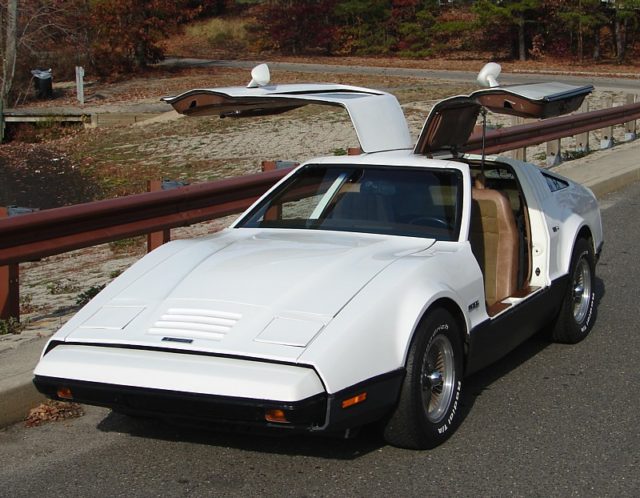
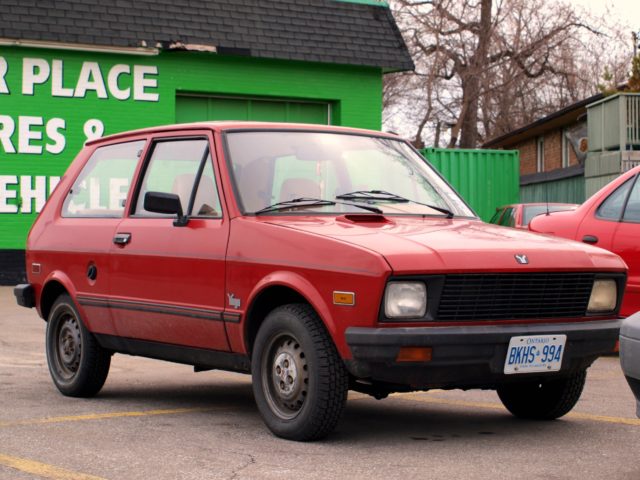
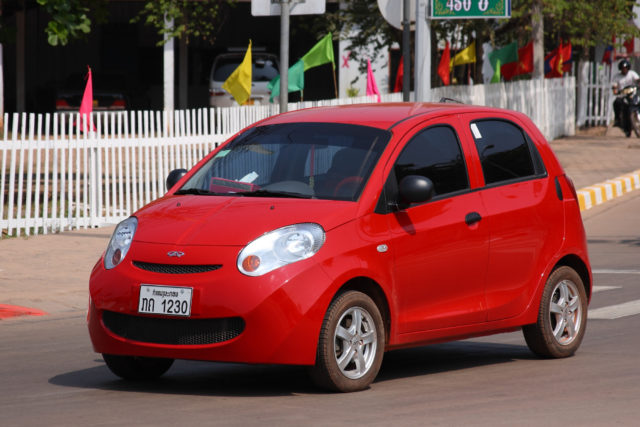
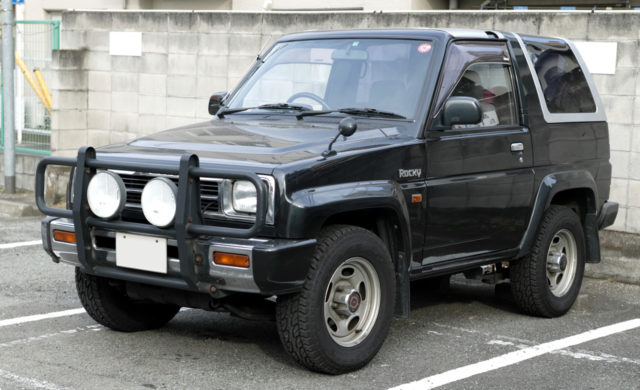
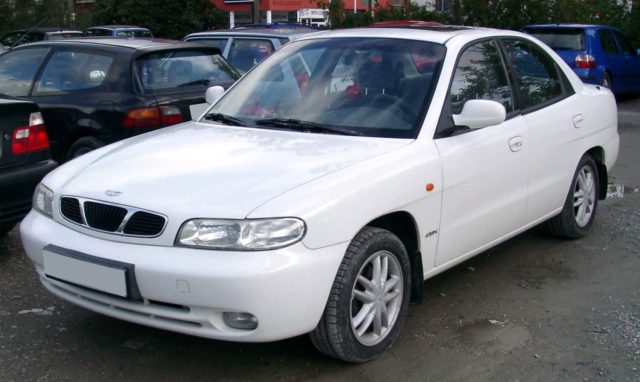
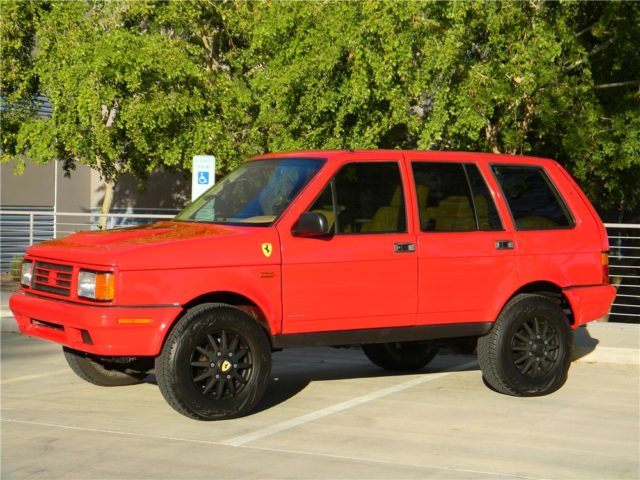
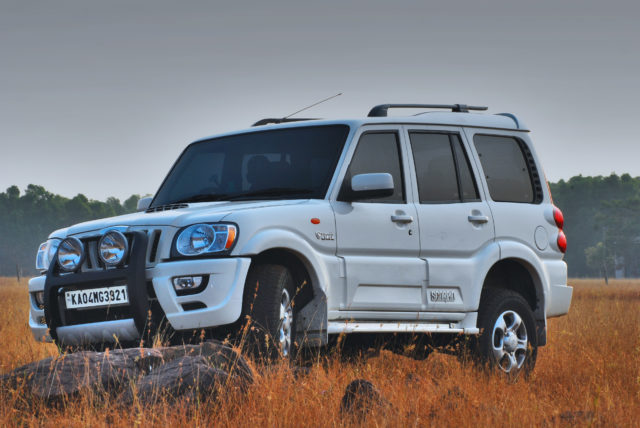
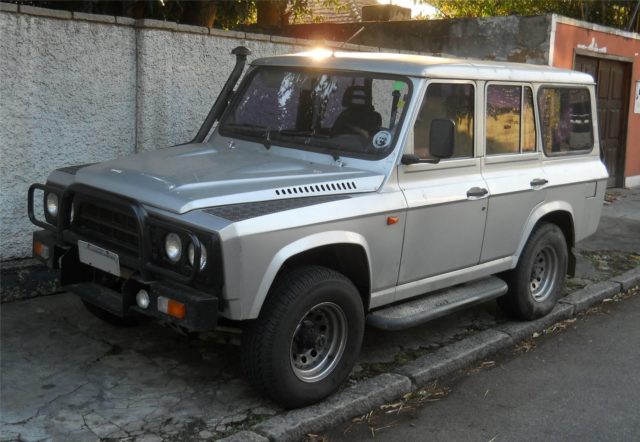
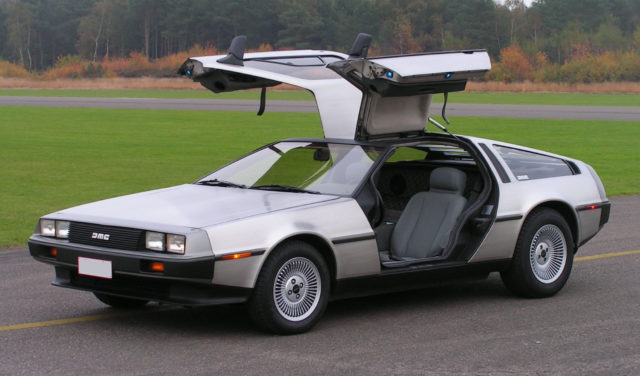
1 Comment
Thats why I ride a 2 wheeeler. Harley never let me down. Triumphs are even okay.